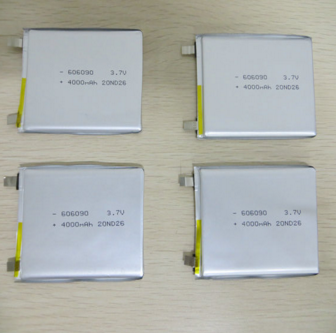
Introduction
Understanding proper Battery Design Procedures is crucial for producing reliable, high-performance batteries. Battery design includes both performance and structural aspects, ensuring that voltage, capacity, lifespan, and safety requirements are met.
Battery Design Procedures: Step 1 – Analyzing Key Technical Indicators
The first step in any battery design procedure is to analyze technical indicators comprehensively. These indicators typically include working voltage, voltage accuracy, working current, capacity, lifespan, mechanical load, and ambient temperature. The main focus should be on voltage, capacity, and lifespan, as these are the key determinants of battery performance.
Battery Design Procedures: Step 2 – Performance Design
Once the key technical indicators are understood, the next step in Battery Design Procedures is performance design.
- Determine the appropriate working current density
- Select the suitable manufacturing process type
- Design voltage, capacity, and other electrical parameters
- Decide the proportion of active materials based on the required capacity
- Select diaphragm and shell materials to ensure the desired lifespan
This step ensures that the battery not only meets technical specifications but also performs reliably in real-world applications.
Battery Design Procedures: Step 3 – Structural Design
The final step in Battery Design Procedures is structural design. This includes:
- Designing the single-cell shell and dimensions
- Choosing the right electrolyte and diaphragm materials
- Designing conductive mesh, poles, and pore structures
- For battery packs: determining battery combination, pack shell, lining material, and optional heating systems
Proper structural design guarantees safety, longevity, and compatibility with the intended device or system.
Conclusion
Following standardized Battery Design Procedures ensures that batteries are safe, reliable, and efficient. Manufacturers can reduce failure rates, optimize performance, and improve customer satisfaction by systematically implementing these design steps.
For more detailed information or custom battery solutions, please visit our About Us page or Contact Us.
